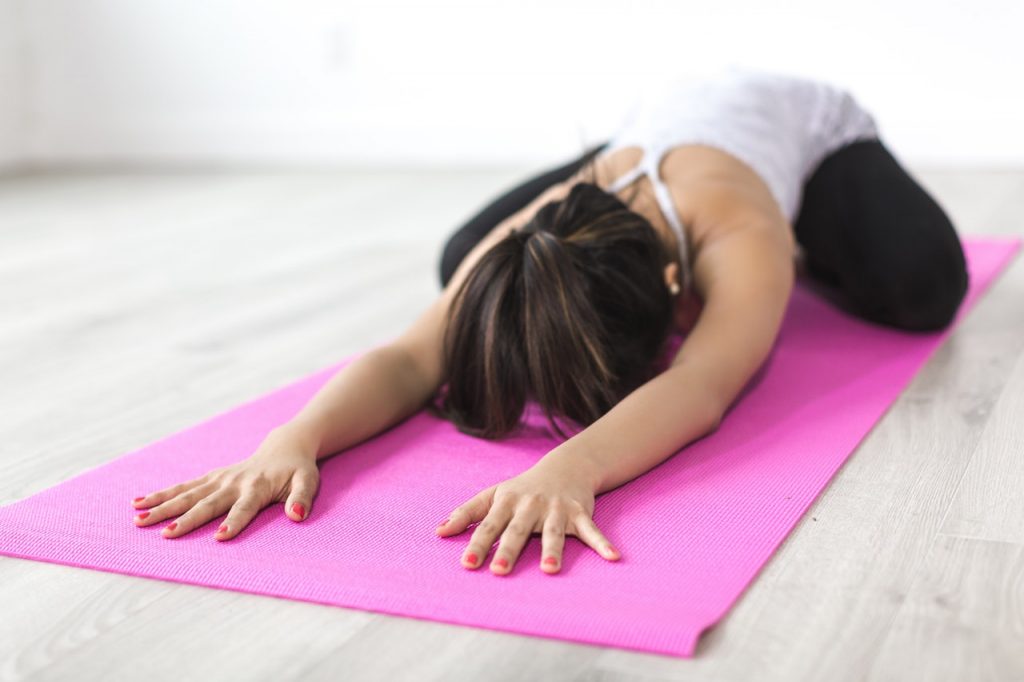People who live a sedentary lifestyle are probably familiar with the feeling of numbness throughout the body. However, getting rid of this problem and regaining energy is much easier than it seems. In this article, we describe what stretching is and how it affects the body.
Stretching is a part of training that many people still overlook. It provides many benefits, so it is worth introducing it into your daily routine. In fact, any movement that stretches muscles (and with them tendons, ligaments and connective tissue) can be called stretching. Every time you move, something is stretching
If your body is flexible, you are less likely to get injured. Basic exercises and stretching for all parts of the body can be done not only at the gym, but also at home and outdoors. Stretching exercises are suitable for people who work in a sitting position. This type of activity can be recommended to people of all ages. Everything related to stretching contributes not only to strengthening and increasing the flexibility of muscles and joints. This type of exercise also has a very positive effect on blood circulation, as well as improving mood.

Flexibility is the range of motion of a joint or group of joints. Stretching can help increase it both temporarily and in the long run. To lengthen your muscles and thus improve your range of motion in the long run, you should stretch regularly about five to six days a week.
Increasing your flexibility not only improves your workouts, it also improves the quality of your daily life. You may not realize it, but there are many daily tasks that require some level of flexibility. Like squatting to sit down and getting up from a chair, bending over to get into a car, and bending down to pick up a small child, for example. By increasing your flexibility through stretching, you will be able to perform these small, everyday movements more easily and effectively.
Experts recommend stretching before a workout. Dynamic stretching before exercise is a way to prepare your body to work efficiently so it can both produce and absorb a lot of force.
After a workout, it is important to give your body time to cool down. Doing so will help to lower your heart rate, calm your breathing, and help you recover more quickly from the over-stimulation you are in during exercise. One way to calm your body is through static stretching combined with deep breathing. Stretching after a workout can also increase blood flow, increase oxygen levels, help deliver nutrients to the body and muscles, and aid in the recovery process.
For many people, stretching is simply enjoyable. And things that make you feel good – whether it’s eating a chocolate chip cookie, taking a hot bath or stretching – can help reduce stress levels and bring you closer to a calmer state.
Stretching can be especially relaxing if you combine it with deep breathing
Stretching should not be painful. Instead, it should be performed until you feel slight discomfort. If you are stretching before a sporting activity, choose dynamic stretching and focus on the joints you will be using during exercise
Dynamic stretching should be done at least two or three times a week, on all major joints to maintain full range of motion. These areas include
When it comes to static stretching, it is recommended to do it every day, so you can improve flexibility and posture. Static stretching should be done after exercise, when the muscles are warmed up
To fully reap the benefits of stretching, you should be as relaxed as possible. The more tension you feel, the harder it will be to get the right range of motion and you won’t benefit from your maximum flexibility. Check out the video below for an excellent set of full body stretching exercises.
Photo by Jonathan Borba/Pexels